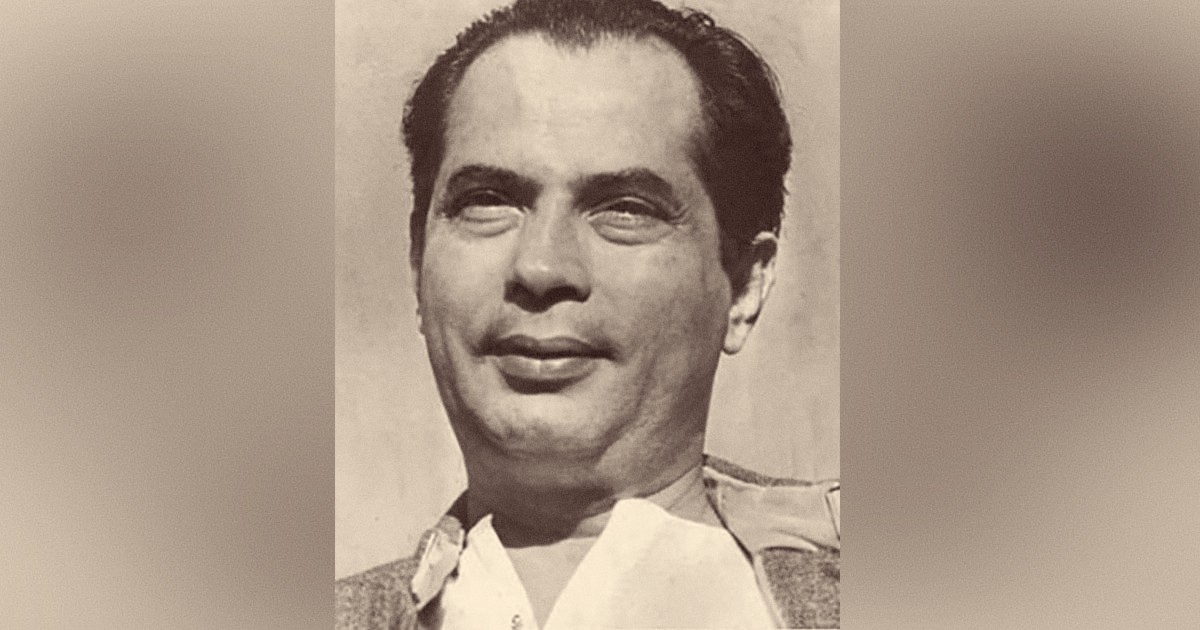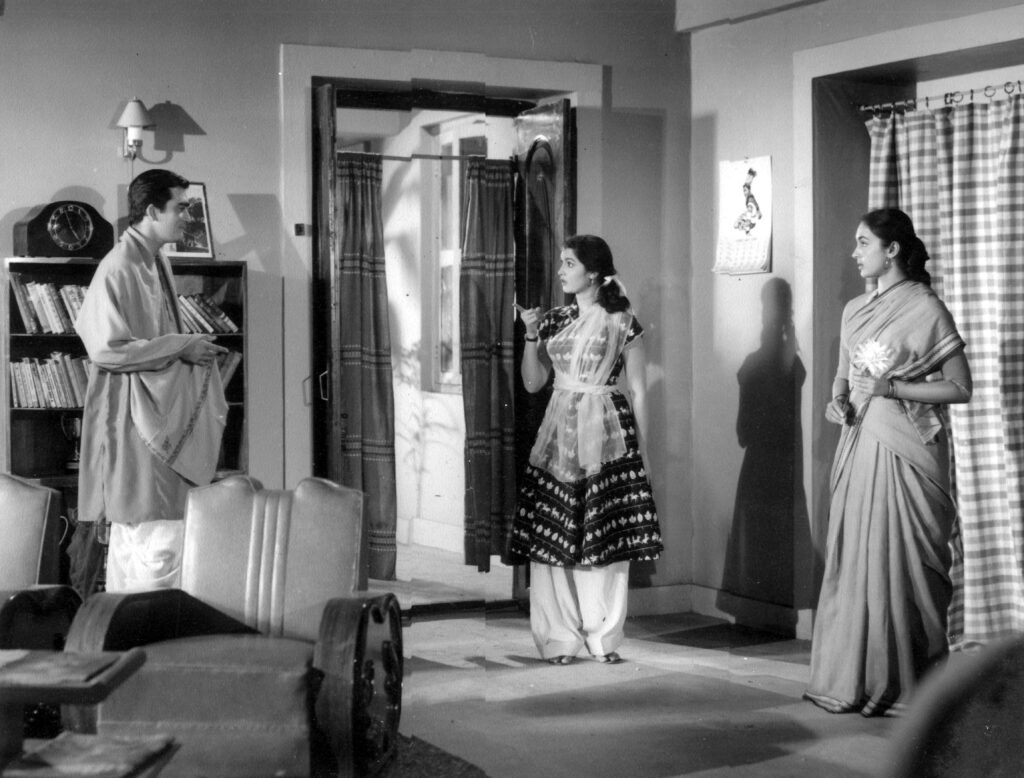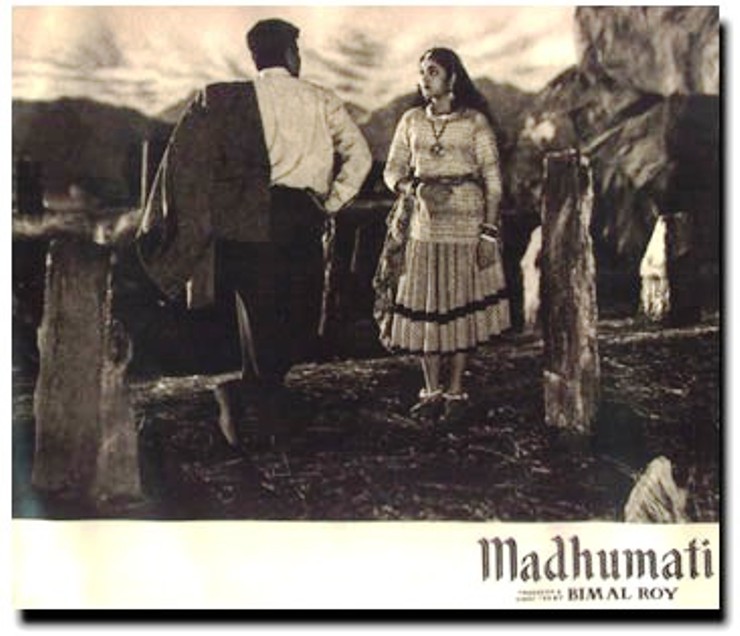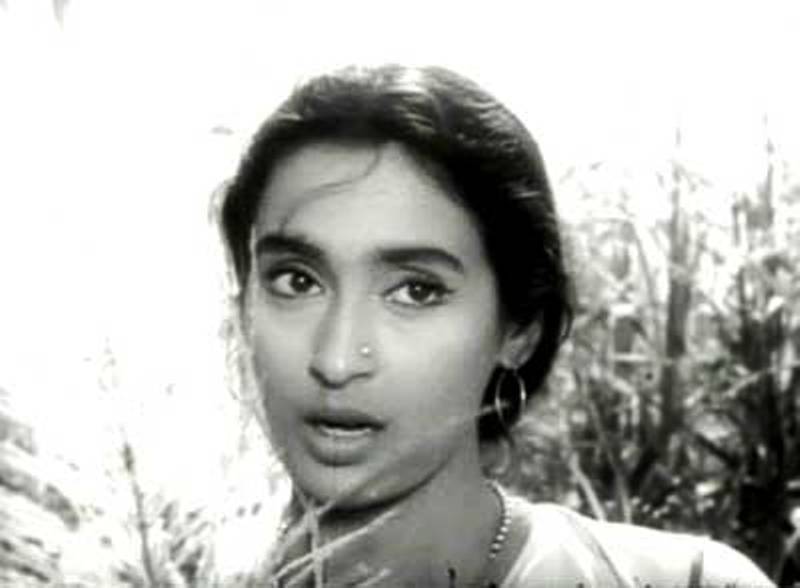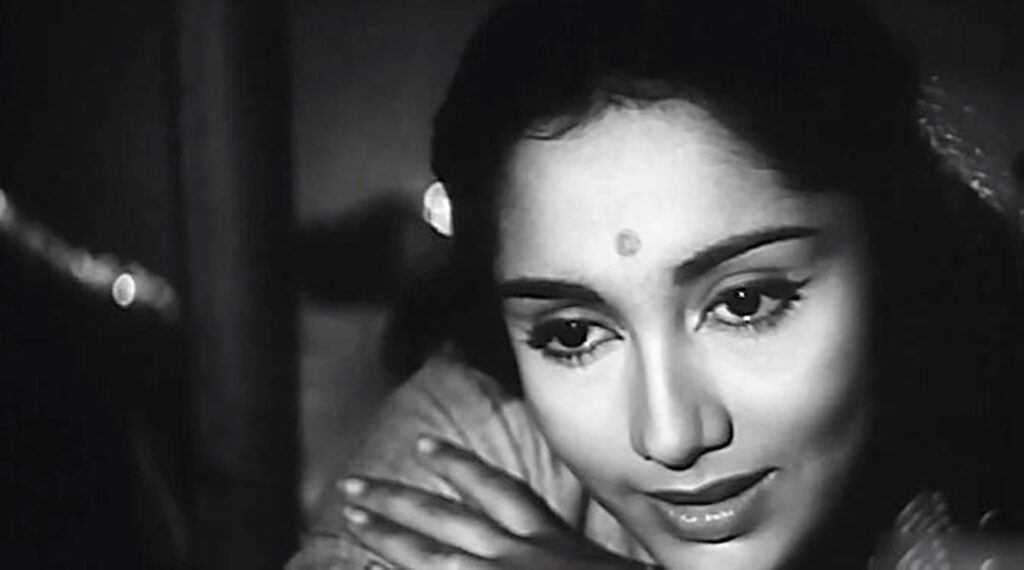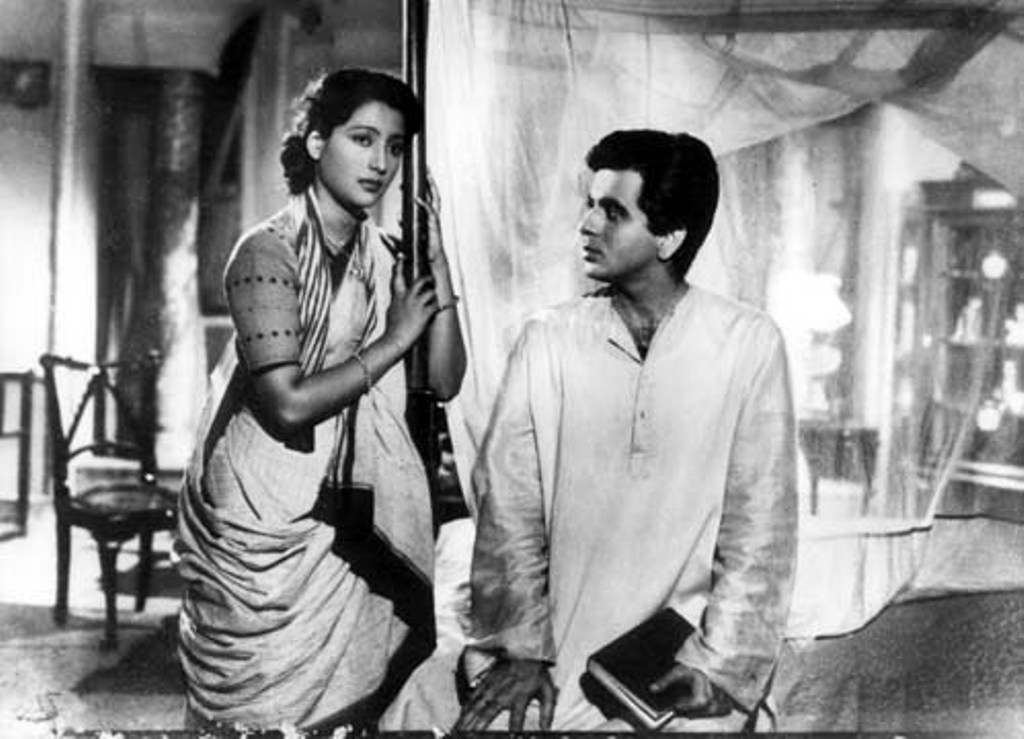From Udayer Pathey (1936) to Benazeer (1965), the Bimal Roy era in Indian cinema spans three decades of dedicated filmmaking, writes Dr Shoma A Chatterjee on the great master’s 112th birth anniversary
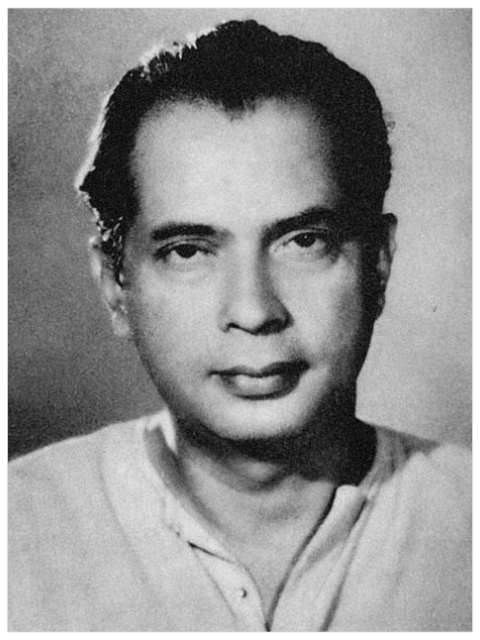 Bimal Chandra Roy was born on July 12, 1909 in Suapur village of East Bengal, now in Bangladesh. The fourth of seven brothers, Bimal Roy belonged to a family of aristocratic zamindars. The affluence of the family placed leisure above hard work. Roy began his education at home till he went to Dhaka, to spend his holidays in the village. These were pleasant boat journeys across rivers, offering an original audiovisual landscape that found their reflection in many of his films.
Bimal Chandra Roy was born on July 12, 1909 in Suapur village of East Bengal, now in Bangladesh. The fourth of seven brothers, Bimal Roy belonged to a family of aristocratic zamindars. The affluence of the family placed leisure above hard work. Roy began his education at home till he went to Dhaka, to spend his holidays in the village. These were pleasant boat journeys across rivers, offering an original audiovisual landscape that found their reflection in many of his films.
His displacement and migration happened in the 1930s when India was still under British rule and political realities were different from what evolved later. He was an unwitting participant in this process of transition though his cinema or his selection of stories and scripts for his films do not reflect any lament on this displacement. He perhaps accepted it as part of his life and coped with the changed circumstances as they kept changing.
From Udayer Pathey (1936) to Benazeer (1965), the Bimal Roy era in Indian cinema spans three decades of dedicated filmmaking. Bimal Roy is one of the first Indian directors noted for simplicity and understatement in the treatment of his films. Before wielding the megaphone, Bimal Roy was cinematographer for P V Rao’s Nalla Thangal (Tamil), P C Barua’s Devdas, (Bengali, Hindi and Tamil,) Manzil, Mukti and Bari Didi. He spoke very little, about himself, about his family and even about his films. He shunned superlatives and kept himself away from parties, avoiding a garish lifestyle the want of film personalities. Yet his name was omnipresent in every film delegation.
He was coerced into all sorts of associations and committees, though he kept himself distanced from political wrangling. He won awards –left, right and centre, but they did not seem to matter to him. Members of his technical crew and his acting cast won awards too, and during his time, were considered to be among the best in the industry. Basu Bhattacharya, Gulzar and Hrishikesh Mukherjee who he had mentored later became famous directors in their own right.
Every single film from Bimal Roy films directed by Roy himself, had a social message interwoven into the script, or, the storyline was chosen for its social relevance. From Salil Choudhury through Sarat Chandra Chattopadhyay to Subodh Ghosh, Roy’s films stand testimony to a celluloid transliteration of some immortal classics of Indian literature. These were ‘transliterations’ because Roy remained fiercely faithful to the original literary source and did not believe in celluloid ‘interpretations’. His films were low-key, subtle and intense. They are remembered for the low-key performances of key actors, lilting music, mise en scene in rhythm and scintillating cinematography in Black-and-White, including the seamless editing by Hrishikesh Mukherjee.
He began as camera assistant to Nitin Bose for New Theatres in Calcutta. His independent work as cameraman was for P C Barua’s Devdas (1935) which became a historic hit. He was cameraman for other New Theatres’ productions such as Grihadaha, Maya (both in 1936), Mukti (1937) and Amar Mullick’s Bari Didi (1939) and Abhinetri (1940.) His directorial debut was with New Theatres’ Udayer Pathey which introduced a new era of post-WW2 romantic-realist melodrama which pioneered the integration of the Bengal School style with that of De Sica. He also wrote Manoj Bhattacharya’s Tathapi in 1950.
Bimal Roy left New Theatres in 1950, migrated to Mumbai, worked for some time at Bombay Talkies and then set up his own Bimal Roy Productions in Mumbai in 1952. The banner made 13 films in 11 years, including some of his best known socials in Hindi specially films like Sujata and Bandini. His Madhumati, with story, script and some directorial inputs by Ritwik Ghatak, became a box office grosser in the 1950s with a popular music track by Salil Choudhury.
Bimal Roy’s cinema is known for its powerful storylines, technical finesse and subtle and not-so-subtle social messages that emerge from the very act of storytelling and the process of filmmaking. What we seem to miss out on is the core of displacement that defines his cinema almost from beginning to end. He was himself a displaced person who had to migrate from a village in Suapur distanced culturally, politically and historically from his roots.
An unforgettable quality of Bimal Roy’s range of films lies in its extra-cinematic perceptions. If Sujata was a scathing irony on the caste system, then Do Bigha Zamin was a political statement of the forced displacement of a poor peasant and his family. Bandini was a statement on a glimpse into crime and the criminal with a woman as the murderer. Madhumati was a surrealistic representation of love and revenge with a lot of music. Parakh was a statement on honesty vis-à-vis greed. This was seen in the works of other Indian directors of his time too. But a closer study offers an insight into his oeuvre that stands out distinctly for the films’ extra-cinematic perceptions, never mind whether they were derived from or adaptations from literature or were developed from a created screenplay independent of any literary origin. It would be difficult to look into any film of Bimal Roy where an extra-cinematic perception is missing.



